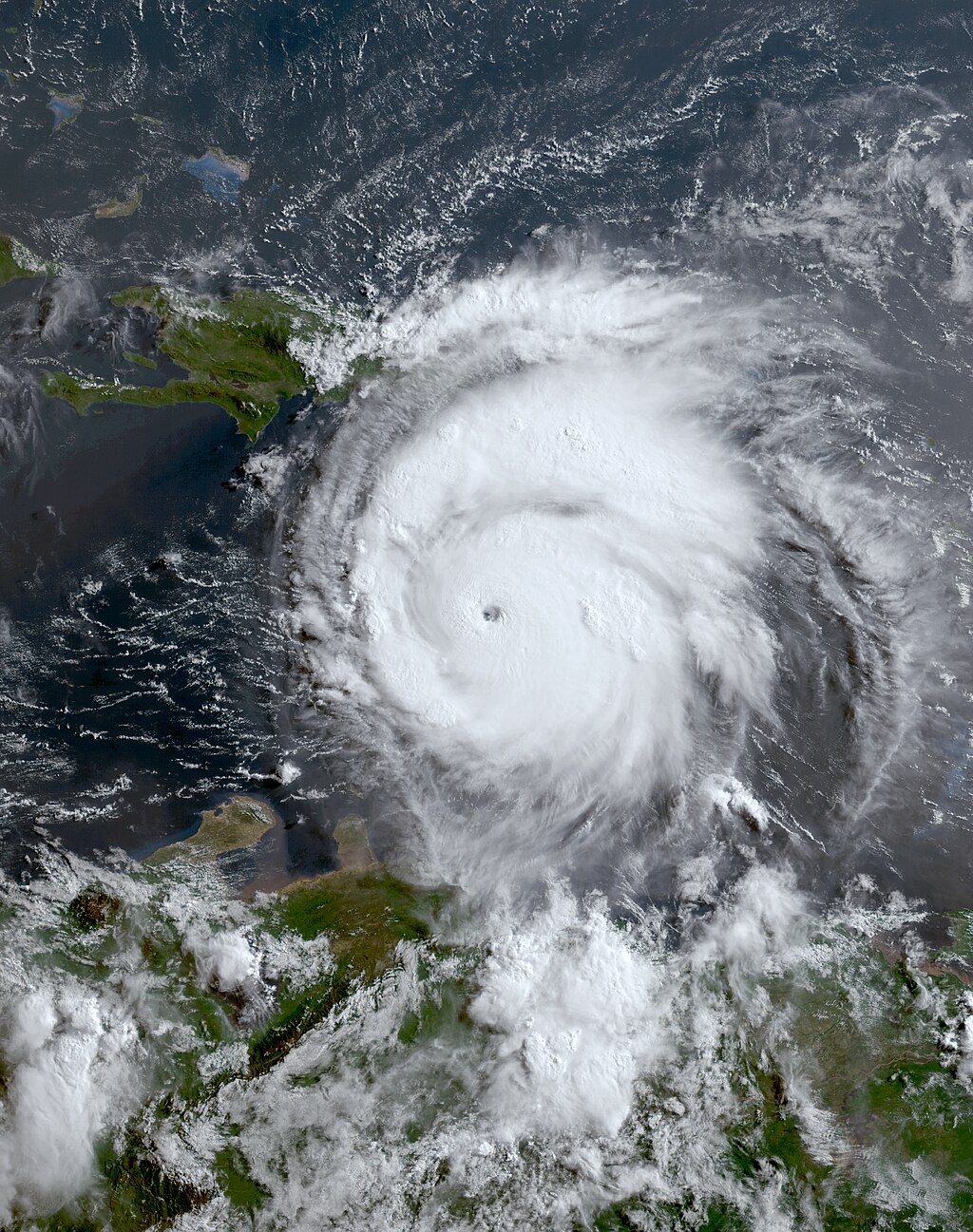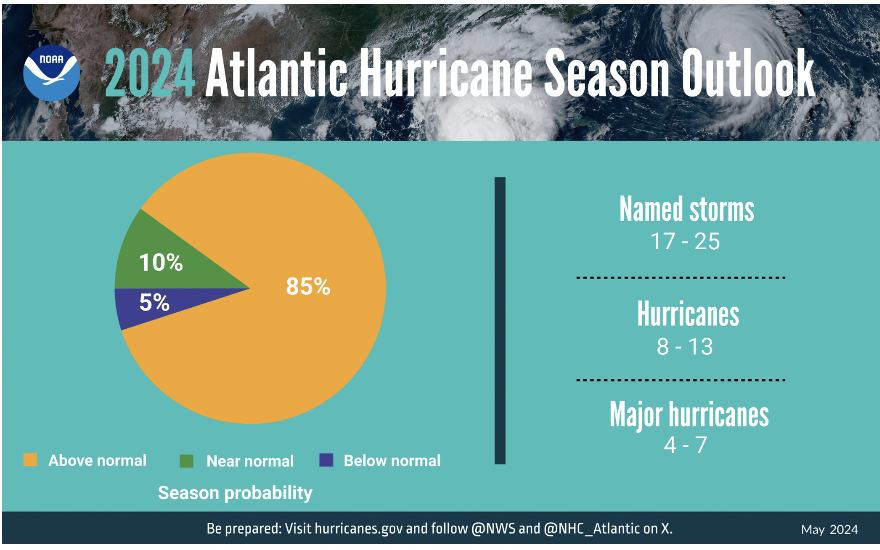
In early July, Hurricane Beryl, the first hurricane of the 2024 Atlantic hurricane season, rapidly strengthened to a Category 5 storm and continued to dump rain across the country for days after making landfall. The National Oceanic and Atmospheric Administration (NOAA) predicts a ninth consecutive above-average season, driven by near-record heat in the Atlantic Ocean.
Institutions located on the Atlantic or Gulf coasts are vulnerable to these storms, but even remnants of hurricanes can cause major rain and flooding inland. Here are ten tips to help prepare your collections against the risk of these major storms.

1. Understand your risk of flooding. The higher the category storm, the higher the potential storm surge. Check out your location on the National Hurricane Center’s interactive map of storm surge flooding vulnerability. You may be surprised how far inland storm surges can reach!

A view of the storm surge vulnerability for a Category 4 hurricane in Manhattan and Brooklyn.
Source: https://experience.arcgis.com/experience/203f772571cb48b1b8b50fdcc3272e2c.
2. Watch the forecast. Know the difference between a watch and a warning and have reliable resources for weather info when a hurricane is approaching. Track New York State alerts from the National Weather service.

Tacos can help explain the difference between a weather watch and a weather warning.
Source: reddit.com/r/Dallas.
3. Have an emergency plan. If you don’t have a full-fledged emergency preparedness and response plan for your institution, start by filling out the Pocket Response Plan (PReP). This document has room for emergency contact numbers and a checklist for the first 24-72 hours after an emergency. With these essentials in place, you can work on a more comprehensive plan.

Information collected on the Pocket Response Plan can be folded and fit into a small envelope for quick access.
Source: https://www.statearchivists.org/research-resources/emergency-preparedness/pocket-responce-templates.
4. Stockpile emergency supplies. Having a stash of dedicated emergency response supplies ensures you can address issues as soon as they arise. In the aftermath of a regional hurricane disaster, supplies may be hard to come by. Many supplies can be found at a dollar store or other big box stores. If flooding is a potential for your area, know how to use sandbags and other barriers.

Sandbags and plastic sheeting block potential floodwaters from a storage area.
Source: Museum of History, Anthology and Art University of Puerto Rico/Museo de Historia, Antropología y Arte Universidad de Puerto Rico
5. Identify salvage priorities. If you only have a short time to rescue collections from a vulnerable location or are removing collections damaged in a hurricane, focus on your salvage priorities. These are the collections and records that are vital to your institution. The DHPSNY webinar Not-So-Impossible Choices: Determining Priorities for Collection Salvage can help you compile a list. Locate them on a floor plan and label their boxes or housing.

Salvage priorities listed on a library floor plan.
Source: Cornell University Library.
6. Cover shelving or objects to protect them. To cover shelving or objects that can’t move out of harm’s way, cover with plastic sheeting and secure with tape. If you’re in a high humidity location or time of year, it can be more effective to use shrink wrap to secure the sheeting.

Source: Museum of History, Anthology and Art University of Puerto Rico/Museo de Historia, Antropología y Arte Universidad de Puerto Rico
7. Be prepared to work in the dark. If you don’t have power in the days following a hurricane, prepare for analog collections salvage work. Documents to have hard copies of the emergency preparedness and response plan, collection priorities/locations, inventories, condition report forms, and damage assessment forms. Also consider having financial and insurance information accessible as well.

Salvaging collections items in the dark.
8. Document everything. Maintaining thorough documentation of the hurricane's impact on your collections is crucial for insurance claims and future preventive measures. Bonus tip: if you can get in and check on or work with collections after a hurricane, but there is no power or cell service, leave a note on the storage area door with the date and what was done.

9. Know your emergency assistance options. There are several ways to get in touch with disaster recovery specialists who specialize in handling water-damaged materials.
- New York State Archives: (518) 474-6926 during regular business hours
- National Heritage Responders 24/7 Hotline: 202-661-8068
- Conservation Center for Art & Historic Artifacts: 215-545-0613
10. Review emergency preparedness resources. The more prepared you can be, the better!
- New York State Archives can assist you in preparing for disasters
- DHPSNY Emergency Preparedness webinars
- DHPSNY blog post Responding to Flooding in Collections
- FAIC Connecting to Collections Care Preparing for Extreme Weather: Fire and Hurricane
Do you have a preservation topic, question, or creative solution you would like us to cover in this series? Reach us by email at info@DHPSNY.org, or connect with us on the DHPSNY Facebook page or DHPSNY Community Facebook Group.